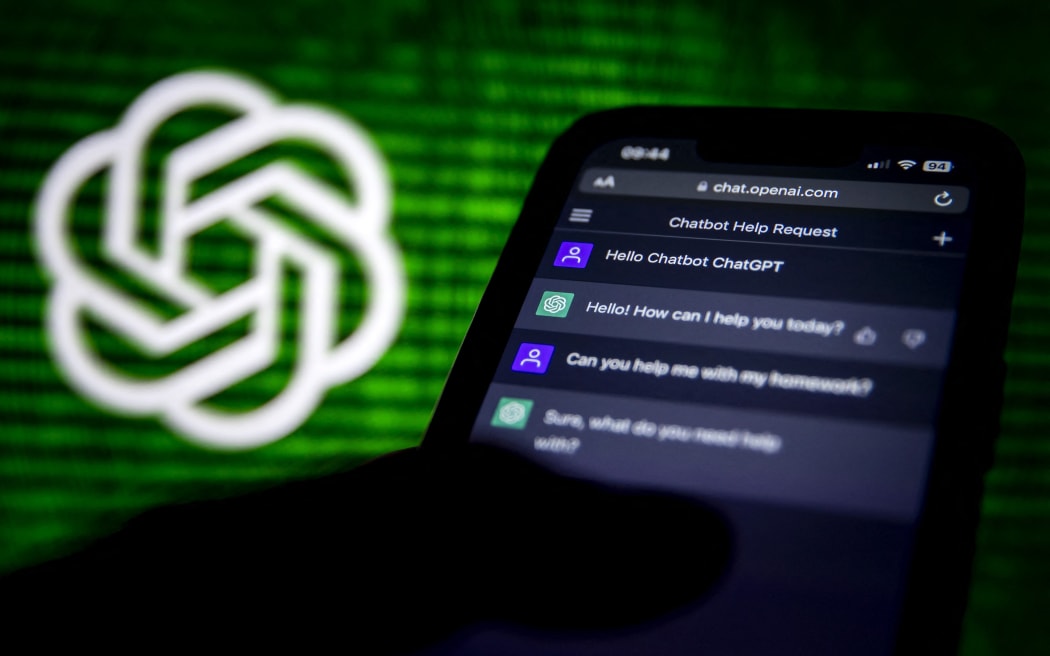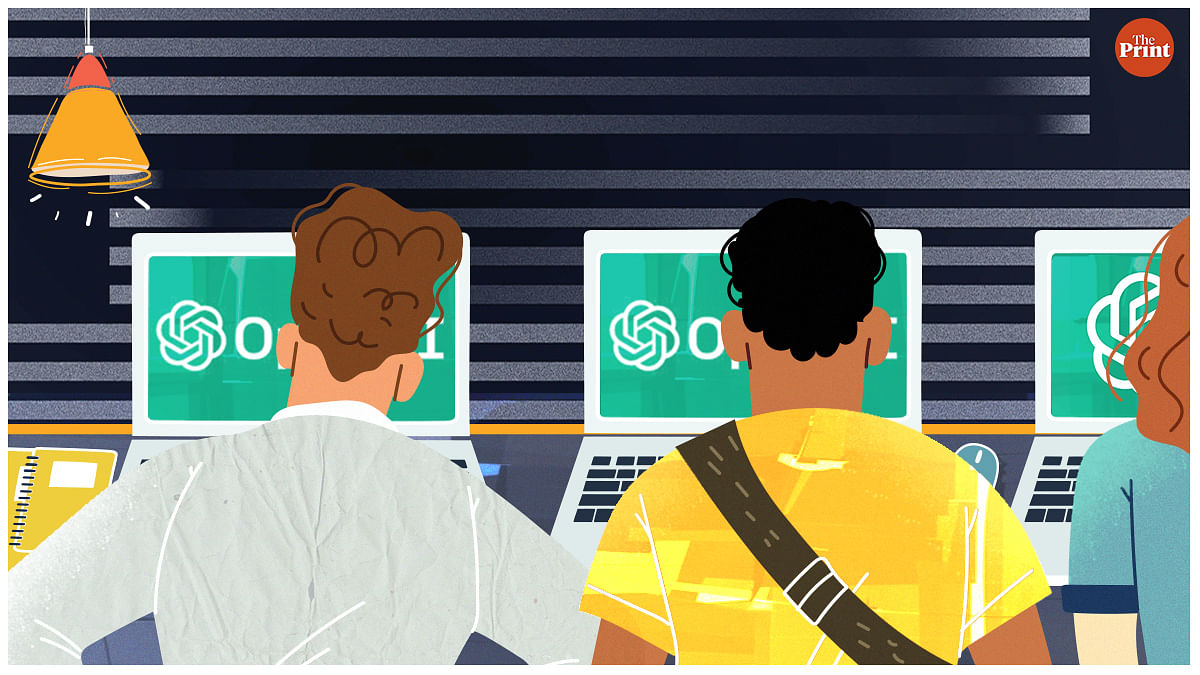
The goal of academic integrity is to make knowledge, understanding and thinking
Such transparency needs to be taught and supported throughout the educational journey so that students understand how knowledge is constructed and their role in furthering knowledge construction and building understanding. While technical proficiency is crucial, conceptual and ethical knowledge should come first.
Recent technical advancements in AI tools have sparked some concerns in the educational community as students have the potential to use these tools to produce their assessments. In some ways, this is not a new academic integrity issue for the IB. These tools can effectively create a unique essay (or other product) for the student—this can be paralleled to a student buying an essay from the internet or having a third party (such as a parent or tutor) write it for them. As in these cases of another person creating the essay for them, teachers are well placed to identify when it is not the student’s own work.

To initiate a conversation about this topic, teachers could consider the links between:
The key message is that students need to be taught about academic integrity, and discussions about the ethical use of AI are a great classroom exercise.
This is the best approach to ensuring that the work belongs to the student, and it also encourages best practices in writing coursework.
Teachers are the best placed to know what a student is capable of and when a piece of work appears not to have been written by that student. If teachers are not convinced that the work is the student’s own, it must not be submitted to the IB. If it has been written for them by their parents/guardians, sibling, tutor or obtained from an essay mill, the IB is less likely than the teacher to be able to identify this. The IB is very effective in spotting similar work used by students in different schools—for example, two students buying the same essay off the internet. While tools are being developed to detect essays written by AI tools, it is likely to be a while before they are reliable enough to be the sole evidence of academic misconduct that leads to a student losing their grade for the subject concerned.
It is a school’s decision on how to deal with a student who submits work that is not their own, as per the school’s academic integrity policy. For example, are students allowed to submit entirely new work, to rewrite it under supervision, or do they lose the opportunity to submit anything?
The IB’s only requirement is that work that is not the student's own cannot be submitted for assessment; it does not accept a marking penalty for such work. Teachers must keep in mind that if a student does not submit coursework, then the IB will not award a grade in that subject.
The IB will not ban the use of AI software. The simplest reason is that it is the wrong way to deal with innovation. Over the next few years, the use of this kind of software will become as routine as calculators and translation programs. It is more sensible to adapt and teach students how to use these new tools ethically.
way to deal with innovation. Over the next few years, the use of this kind of software will become as routine as calculators and translation programs. It is more sensible to adapt and teach students how to use these new tools ethically.
AI tools do not threaten the underlying principles of what the IB values. Students are expected to research a topic, and with today’s technology, that likely means starting with an internet search. In assessment, the IB does not (generally) award marks for spelling, punctuation and grammar. Where communication is assessed, we will need to think carefully what this means, but it is more than just having a well-written paragraph and requires considering the key messages for the audience. AI may provide a starting text, but the student will need to understand how and why to refine the text to improve its impact.
AI tools do not represent a crisis in education or assessment. However, in a world where everyone can use software to write newspaper articles, business reports and/or emails to friends, it is a game changer in terms of the skills students need. Instead of being able to produce complete essays, reports, and so on, students need to know how to get the best out of AI tools. For example, to edit text to personalize it, and most importantly, to recognize the inherent bias in what is produced because of the bias in the programming and the material that the AI tool has been trained on from its creators.
Students should be informed of the following rules.
The same applies to any other material that the student has obtained from other categories of AI tools—for example, images.
|
MLA format |
“Text of prompt” prompt. ChatGPT, Day Month version, OpenAI, Day Month Year, chat.openai.com/chat. |
|
“Tell me about confirmation bias” prompt. ChatGPT, 13 Feb. version, OpenAI, 16 Feb. 2023, chat.openai.com/chat. |
|
|
(“Tell me about”) |
IBO ACADEMIC INTEGRITY POLICY, MARCH 2023